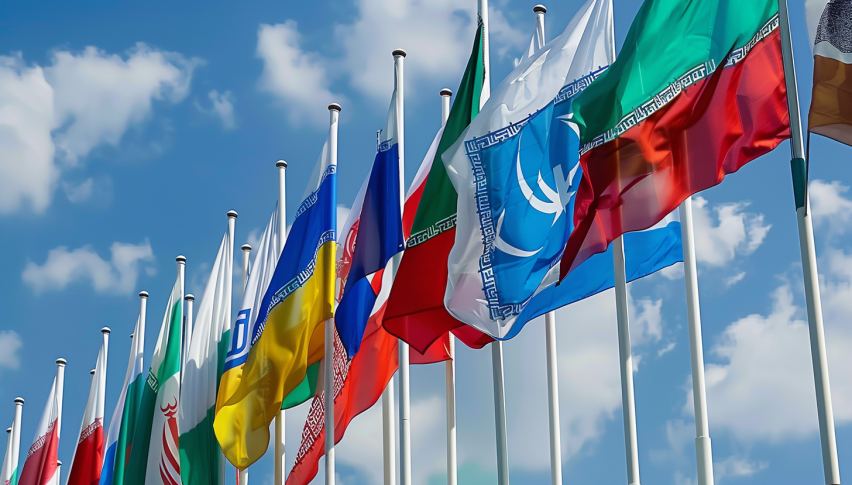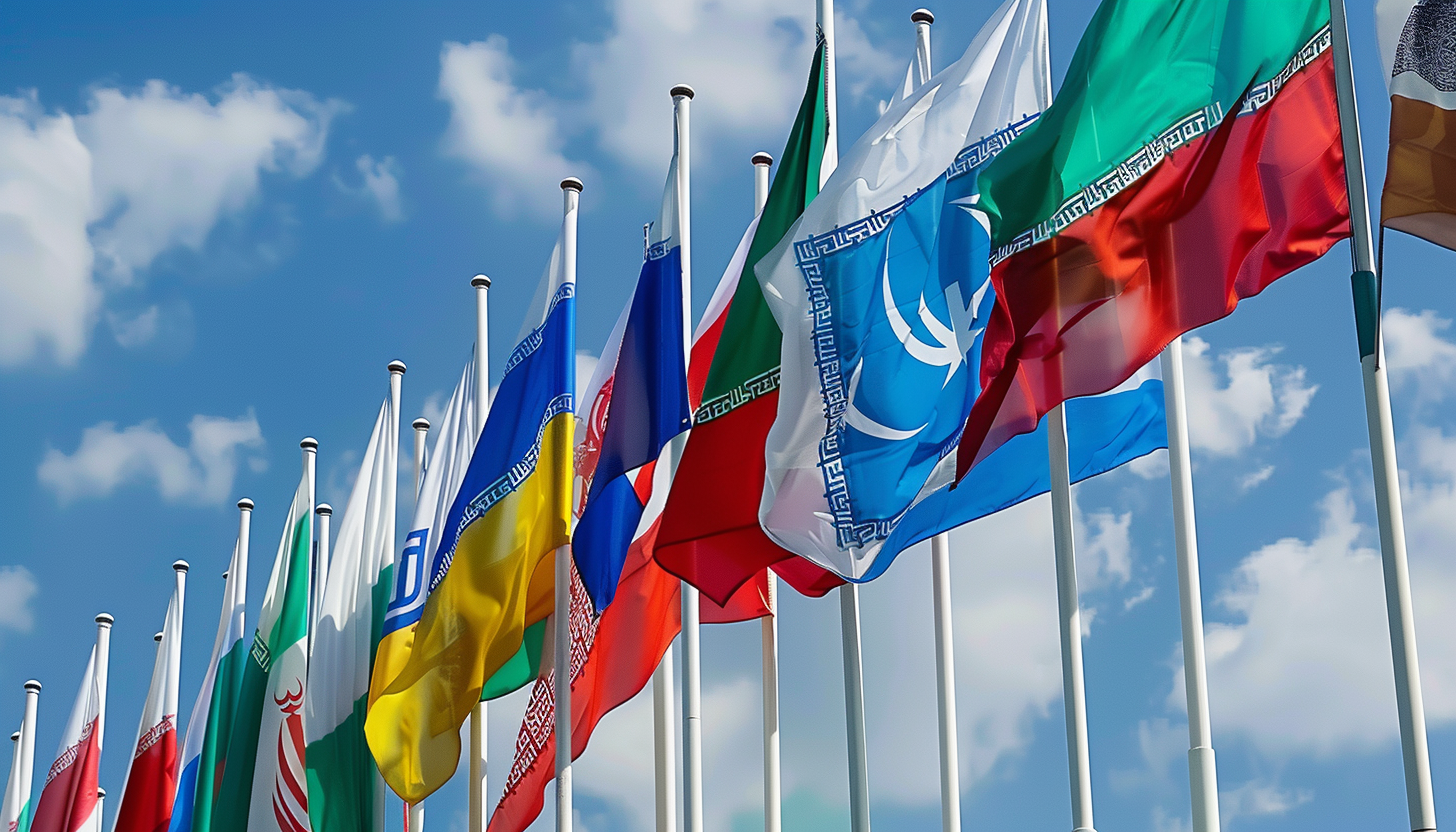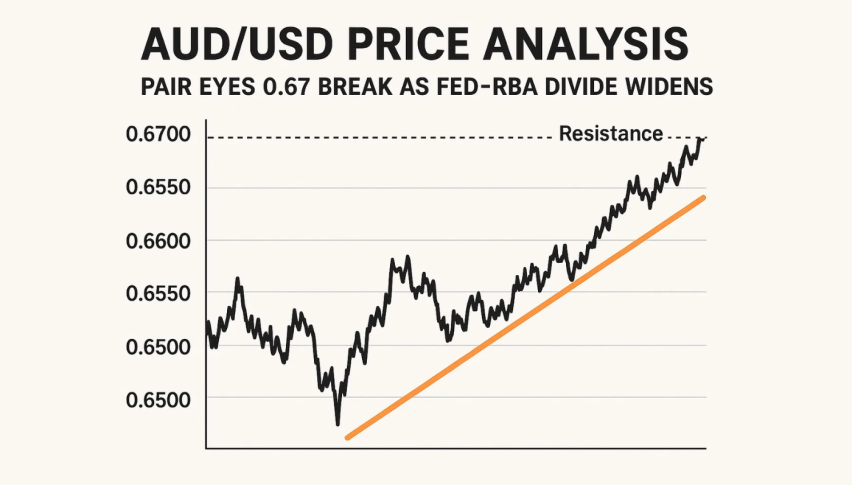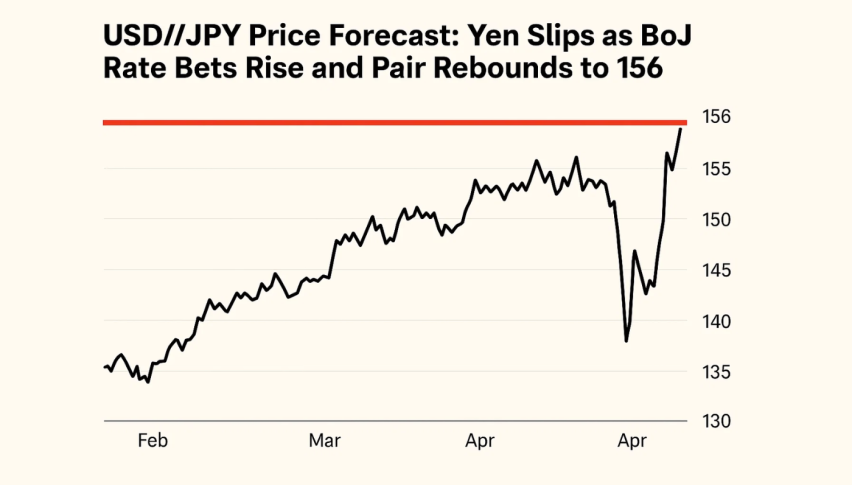Iranian Ambassador: Russia and Iran Working on Unified BRICS Currency
The Iranian ambassador to Russia has announced that both nations are collaborating on developing a unified BRICS currency.

The Iranian ambassador to Russia has announced that both nations are collaborating on developing a unified BRICS currency. He highlighted that Russian rubles and Iranian rials now constitute over 60% of their bilateral trade transactions, indicating a strategic move away from reliance on the US dollar.

This initiative aims to strengthen economic ties within the BRICS alliance and enhance financial independence from Western monetary systems.
The Iranian ambassador to Russia, Kazem Jalali, has confirmed that Iran and Russia are jointly developing a unified currency for the BRICS economic bloc.
Speaking at the “Russia – Islamic World: Kazan Forum 2024,” held from May 14 to 19, Jalali emphasized the ongoing efforts to create a common BRICS currency, reflecting a significant shift in global economic alliances.
Collaboration for Economic Independence
Jalali highlighted that more than 60% of the bilateral trade between Russia and Iran is now conducted in rubles and rials, a move aimed at reducing dependency on the US dollar.
This collaboration is part of a broader strategy to enhance economic ties within the BRICS alliance, which includes Brazil, Russia, India, China, and South Africa, and recently expanded to include Argentina, Egypt, Ethiopia, Iran, Saudi Arabia, and the United Arab Emirates.
Impact on Global Trade
The Kazan Forum aims to strengthen trade, economic, scientific, technological, social, and cultural links between Russian regions and Organization of Islamic Cooperation (OIC) nations, and to foster the growth of Islamic financial institutions in Russia.
Jalali noted Iran’s active participation in BRICS activities under Russia’s chairmanship, particularly in the initiative to establish a unified currency for the bloc.
Challenges and Criticisms
Despite the potential benefits, the creation of a unified BRICS currency faces criticism and skepticism. Some analysts argue that such a currency could challenge the dominance of the US dollar.
For example, Robert Kiyosaki, author of “Rich Dad, Poor Dad,” has warned that a BRICS digital currency could undermine the US dollar’s position as the world’s reserve currency.
This sentiment echoes concerns that using the dollar to impose penalties, such as confiscating Russian assets, could backfire by diminishing its global standing.
Iran has been a strong advocate for this initiative, lobbying for a unified currency at a BRICS meeting in January, even as Russia and China showed a preference for settling trade in their local currencies.
The push for a BRICS currency was a major topic at last year’s BRICS leaders’ conference, where the bloc expanded its membership. However, discussions about a joint currency have since quieted, though the recent statements by Jalali indicate that the project remains a priority.
In summary, the collaboration between Russia and Iran to develop a unified BRICS currency signifies a strategic effort to reduce reliance on the US dollar and enhance economic independence within the bloc.
As these efforts progress, they could have far-reaching implications for global trade dynamics and the future of international currency systems.
- Check out our free forex signals
- Follow the top economic events on FX Leaders economic calendar
- Trade better, discover more Forex Trading Strategies
- Open a FREE Trading Account


